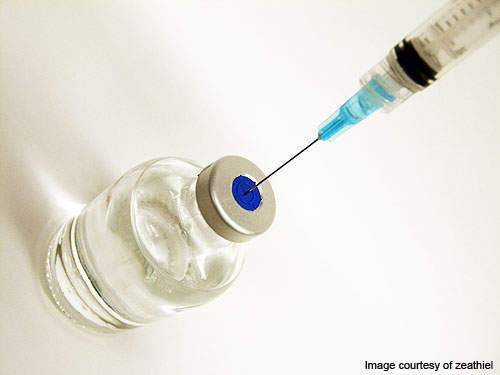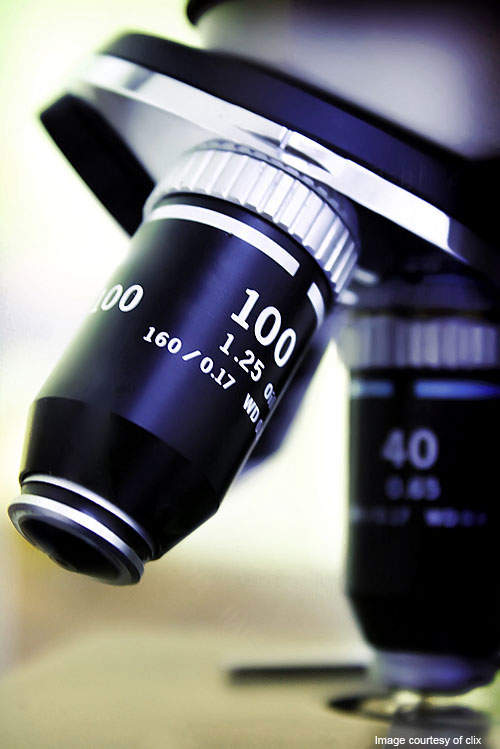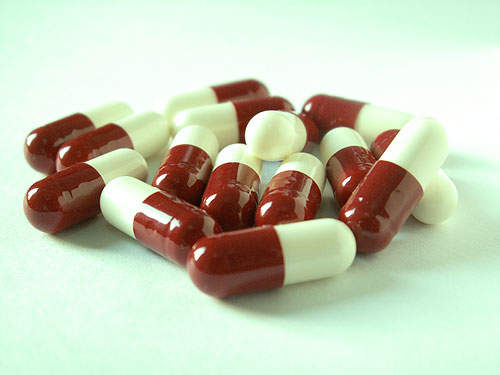JHP Pharmaceuticals, a maker of sterile injectable products, owns and operates a manufacturing site in Rochester, Michigan, US. Built in 1908, the facility was acquired by JHP Pharmaceuticals from King Pharmaceuticals in 2007. The site offers contract manufacturing services of parenteral products for clients in the pharmaceutical and biotechnology industries.
The site successfully cleared a GMP / pre approval audit by the FDA drug division in May 2010. This audit followed two successful GMP audits conducted on the site by the FDA biologics division and the European Medicines Agency in 2009.
The facility originally belonged to Parke-Davis, one of the oldest and biggest drug manufacturers in the US. The Rochester facility is the first in the US to hold a licence for manufacturing vaccines and biological drug substances.
Rochester manufacturing facility
The facility sits over an 80-acre site. It combines a 171,000ft² manufacturing building and a warehouse that is spread over 44,000ft². The manufacturing facility is equipped with five highly efficient filling lines and seven lyophilisers that are housed within two separate filling suites. The first suite is installed with four filling lines and three lyophilisers while the second suite includes one filling line and four lyophilisers. As part of ongoing investment, a new 240ft² lyophiliser was installed and qualified at the facility in January 2011.
The lyophilisers typically occupy between 132ft² and 450ft² of shelf space. They can support commercial and clinical scale batch-size production.
One line is a poly-bottle filling line that accommodates ophthalmic/otic products. Besides applying tamper-evident banding, the line can fill bottle sizes ranging from 3cc to 15cc.
Both suites operate independently with separate ingress and egress, cleanroom suits and HVAC systems. Common WFI and power supply is available to each suite. The facility operates a dual fuel co-generation system, including power and steam, which ensures continuous power supply.
The warehouse facility includes a 4,000ft² area dedicated for storage. The facility also accommodates separate laboratories for chemistry, sterility, testing, analytical methods and development. There is about 11,860ft² of space for microbiology laboratories, 9,296ft² space for chemistry laboratories, 15,010ft² space for biological testing, 12,150ft² for stability and analytical development, and 19,364ft² for biotechnology and analytical development building. A full range of packaging capabilities are also installed within the facility.
Production
The facility develops clinical and commercial-scale biologics, vaccines, synthetic hormone drugs, anaesthesiology drugs and ophthalmics / otics. The injectable drug formulations are available in solutions and lyophilised powder dosage forms.
In addition to clinical and commercial aseptic fill and finish, the facility offers a host of services including technology transfer, validation, package engineering and vendor management.
Technology transfer takes place through a six-stage process carried out in two phases. The first phase includes business analysis, project scoping, development and the submission stages. In the second phase approval and launch stages are carried out. For each phase, appropriate governance systems have been installed to monitor and control the entire process of technical transfer. Technology transfer is carried out according to programmes suggested in the International Society for Pharmaceutical Engineering technology transfer guide.
The company also offers packaging services, including the development of primary and secondary packaging components. Primary components include vials, stoppers, caps and plastic closures, while components of secondary packaging include labels, cartons, inserts, combination components, overwrapping and pallet design.
Capacity
The facility can fill bulk solution up to 9,000 vials a day. Bulk manufacturing, including packaging and testing, can be done for up to 180,000 vials a day. All the filling lines can fill vials between 2cc to 70cc, up to 300 vials a minute.






